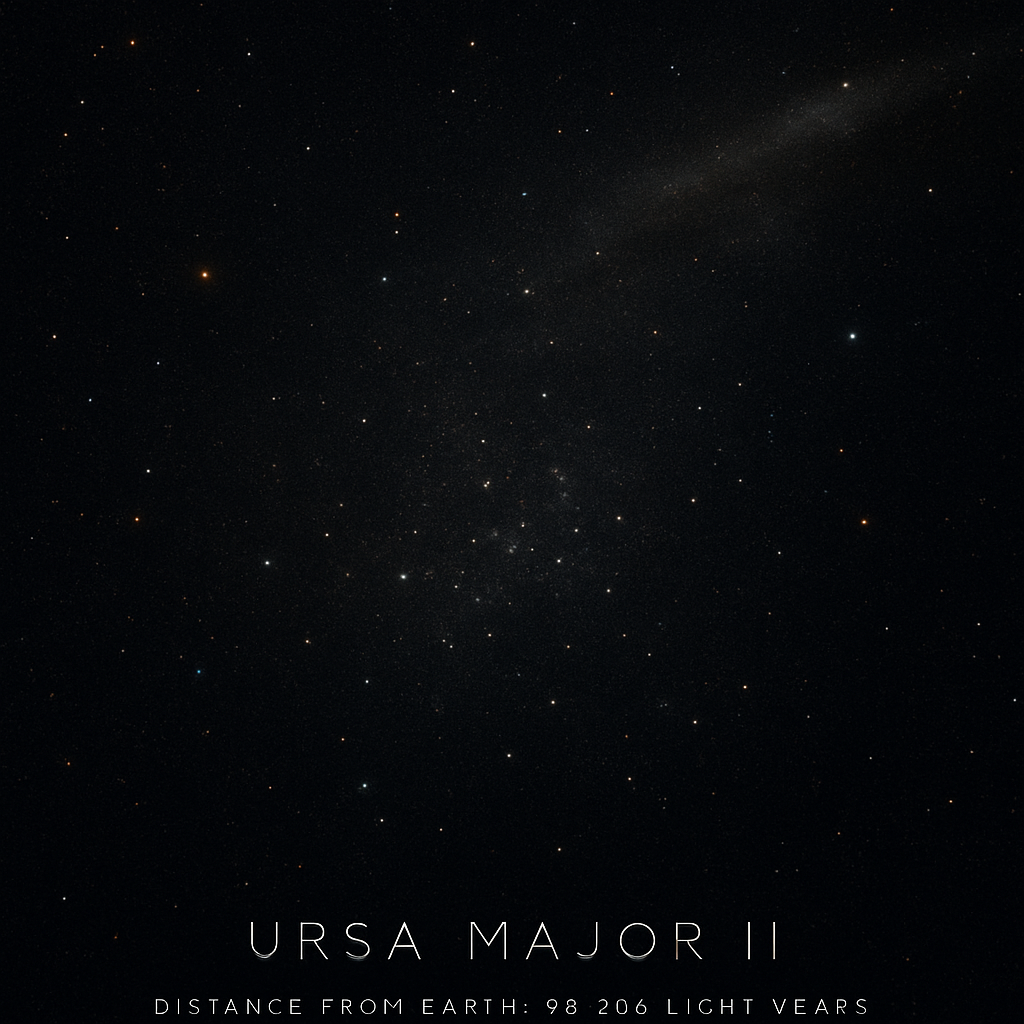How Far Is The Nearest Galaxy?
Galaxies Nearest To The Earth
What Are Galaxies? Nearest Galaxies To The Earth Discover These Captivating Mysteries Of The Universe. Galaxies Are Enormous Assemblies Of Stars, Gas, Dust, And Interstellar Material That Collectively Form A Crucial Component Of The Universe.
All These Elements Are Gravitationally Bound, Moving Together Under The Influence Of Gravity.
So Far, Thousands Of Galaxies Have Been Identified,
But Only A Select Few Have Been Extensively Explored And Studied In Detail.
Diverse Shapes Of Galaxies
Galaxies Exist In A Variety Of Morphological Forms.
Some Are Spiral-Shaped (Like Our Milky Way), Others Are Elliptical, And Some Have Irregular Or Undefined Structures.
The Term “Galaxy” Is Derived From The Greek Word Galaxias, Meaning “Milky”,
Which Is Why Our Home Galaxy Is Known As The Milky Way.
A Source Of Wonder And Exploration
Galaxies Are Among The Most Intriguing And Enigmatic Structures In The Cosmos,
Sparking Immense Curiosity Among Both Astronomy Enthusiasts And Scientific Researchers Alike.
Milky Way (Earth’s Own Galaxy)
Milky Way Galaxy: A Celestial Realm Glowing In The Night Sky
The Faint, Glowing Band That Stretches Across The Night Sky Like A Silver Ribbon Is Known As The Milky Way Galaxy.
For Centuries, It Has Remained A Source Of Awe And Mystery For Mankind.
Ancient Thinkers And Astronomers Including Democritus, Aristotle, Al-Biruni, And Ibn Qayyim
Attempted To Interpret This Luminous Pathway.
Space A Breakthrough In 1610
In 1610, When Galileo Galilei Pointed His Telescope Toward The Sky,
He Revealed A Revolutionary Insight
The Milky Way Is Not Just A Collection Of Thousands,
But A Vast System Of Billions Of Stars.
Since Then, Astronomers Have Continued To Explore Its Structure And Secrets.
Structure And Composition
The Milky Way Has A Spiral-Shaped Configuration,
And According To Modern Scientific Estimates, It Harbors Between 100 To 400 Billion Stars.
The Stars We See At Night With The Naked Eye Are All Part Of This Grand Galactic System.
A Black Hole At The Core
One Of The Most Astonishing Discoveries Is That At The Very Center Of The Milky Way Lies A
Supermassive Black Hole,
An Object So Powerful That Its Gravitational Pull Holds The Entire Galaxy Together.
Sagittarius Dwarf Spheroidal Galaxy
Sagittarius Dwarf Spheroidal Galaxy: The Milky Way’s Nearest Satellite Companion
The Sagittarius Dwarf Spheroidal Galaxy (Sgr Dsph) Is A Compact Satellite Galaxy That Orbits Around The Milky Way Galaxy.
Located Approximately 81,000 Light-Years From Earth, It Is Regarded By Astronomers As The Closest Known Galactic Neighbor Of Our Own Galaxy.
Discovery And Significance
This Galaxy Was Officially Identified In 1994 By Astronomers Gerry Gilmore And Mike Irwin.
Since Its Discovery, It Has Become A Captivating Subject Of Astrophysical Research,
Particularly In The Fields Of Galactic Dynamics And Intergalactic Interactions.
Structure And Features
The Morphology Of The Sagittarius Dwarf Is Elliptical,
And Its Orbital Path Takes It Across The Galactic Poles Of The Milky Way.
Its Stellar Population Exhibits A Faint Yellowish Hue,
Which Adds To Its Distinctive Visual Profile And Provides Clues About The Age And Composition Of Its Stars.
Globular Clusters And Scientific Value
So Far, Astronomers Have Identified Four Globular Clusters Associated With This Galaxy:
Terzan 7
Terzan 8
M54
Arp 2
These Clusters Are Considered Crucial Data Points In Understanding Stellar Evolution,
Galaxy Mergers, And The Formation History Of The Milky Way.
Ursa Major Ii Dwarf
Ursa Major Ii Dwarf Galaxy: A Faint Galaxy That Preserves The Universe’s Earliest Stars
The Ursa Major Ii Dwarf Galaxy Is Recognized As One Of The Smallest And Faintest Satellite Galaxies Orbiting The Milky Way.
It Was Discovered In 2006 Through Analysis Of Data From The Sloan Digital Sky Survey (Sdss) — A Major Astronomical Project That Has Mapped Millions Of Celestial Objects.
Structure And Distance
Ursa Major Ii Dwarf Exhibits A Spheroidal Configuration And Is Situated Approximately 98,000 Light-Years From Earth.
This Galaxy Is So Dim And Diffuse That Its Overall Luminosity Is Even Fainter Than Some Individual Stars, Including Canopus, One Of The Brightest Stars In The Milky Way.
Ancient Stellar Population
What Makes This Galaxy Truly Remarkable Is Its Population Of Ancient Stars Many Of Which Are Estimated To Be Around 10 Billion Years Old.
Astrophysicists Believe That These Stars Could Be Among The Earliest Generations Of Stars Formed Shortly After The Birth Of The Universe.
Ursa Major Ii Dwarf Serves As A Cosmic Time Capsule, Preserving Clues About The Early Stages Of Star Formation And The Primordial Structure Of The Universe.
Large Magellanic Cloud (Lmc)
Large Magellanic Cloud (Lmc): An Irregular Galaxy Fueled By Starbirth
The Large Magellanic Cloud (Lmc) Is An Irregular-Type Galaxy And One Of The Most Prominent Satellite Galaxies Of The Milky Way.
Although It Was Observed By Early Medieval Astronomers, Formal Recognition Is Credited To Ferdinand Magellan, Who Documented It During His Expedition In 1519.
Location And Visibility
Located Approximately 163,000 Light-Years From Earth,
The Lmc Is Exceptionally Luminous — So Much So That It Can Be Seen With The Naked Eye From The Southern Hemisphere.
A Stellar Nursery Of The Cosmos
This Galaxy Is Renowned For Its Abundant Interstellar Gas And Dust Clouds,
Which Act As Stellar Nurseries — Regions Where New Stars Are Actively Born.
Its Turbulent And Irregular Structure Contributes To Ongoing High Rates Of Star Formation,
Making It One Of The Most Dynamic And Energetic Regions In The Local Universe.
Celestial Richness Of The Lmc
The Lmc Hosts An Impressive Collection Of Celestial Objects, Including:
~700 Open Clusters
~60 Globular Clusters
~400 Planetary Nebulae
And Numerous Massive Stars, Including Giants And Supergiants
This Rich Diversity Makes The Lmc A Key Site For Astrophysical Research, Particularly In The Study Of Stellar Evolution, Galaxy Dynamics, And Cosmic Chemistry.
Movement Of Galaxies
Are Galaxies Drifting Apart? Discover The Link Between Andromeda And Hubble’s Law
Modern Astronomical Research Has Revealed That Galaxies Are Not Stationary —
They Are Constantly In Motion, Often Drifting Apart Due To The Expansion Of The Universe.
Yet, In Some Cases, Galaxies Can Also Collide Or Merge.
A Prime Example Is The Andromeda Galaxy,
Which Has Been Observed Moving Towards The Milky Way,
Suggesting That These Two Massive Galaxies May Eventually Collide And Merge In The Distant Future.
Why Do Galaxies Appear To Move Away?
As The Universe Expands, Galaxies That Are Further Apart Appear To Be Receding At Even Greater Speeds.
This Illusion Of Motion Occurs Because The Fabric Of Space Itself Is Stretching Not Because Galaxies Are Traveling Through Space Rapidly,
But Because The Space Between Them Is Expanding.
Hubble’s Law: The Key To Cosmic Expansion
To Describe This Expansion, Scientists Rely On Hubble’s Law
A Fundamental Principle In Cosmology That Quantifies How Fast Galaxies Are Receding Based On Their Distance.
Hubble’s Law Provides A Mathematical Relationship Between The Velocity Of A Galaxy’s Recession And Its Distance From Earth,
Offering Deep Insight Into The Dynamics Of Space-Time And The Evolution Of The Cosmos.
The Closest Galaxies To Earth


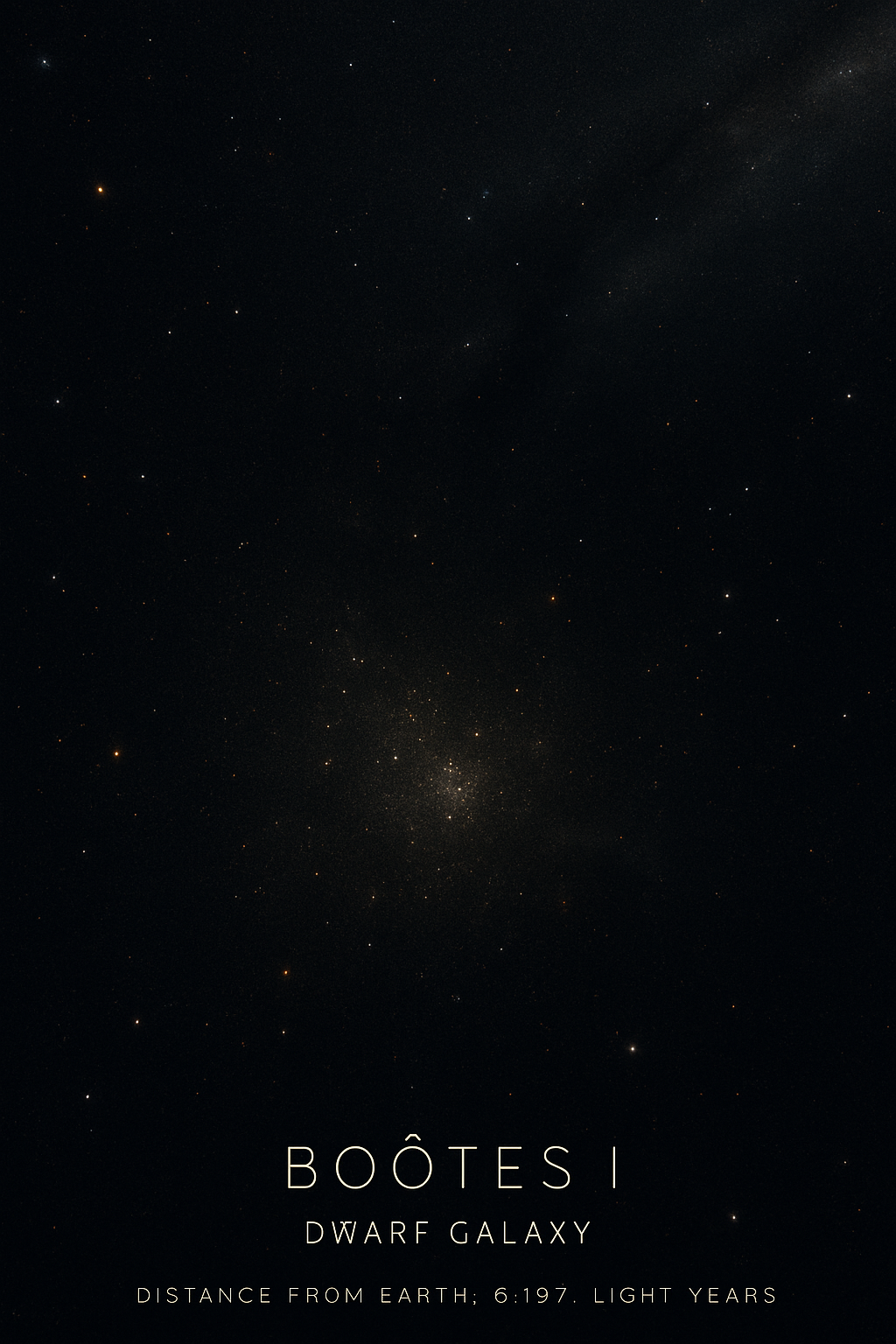
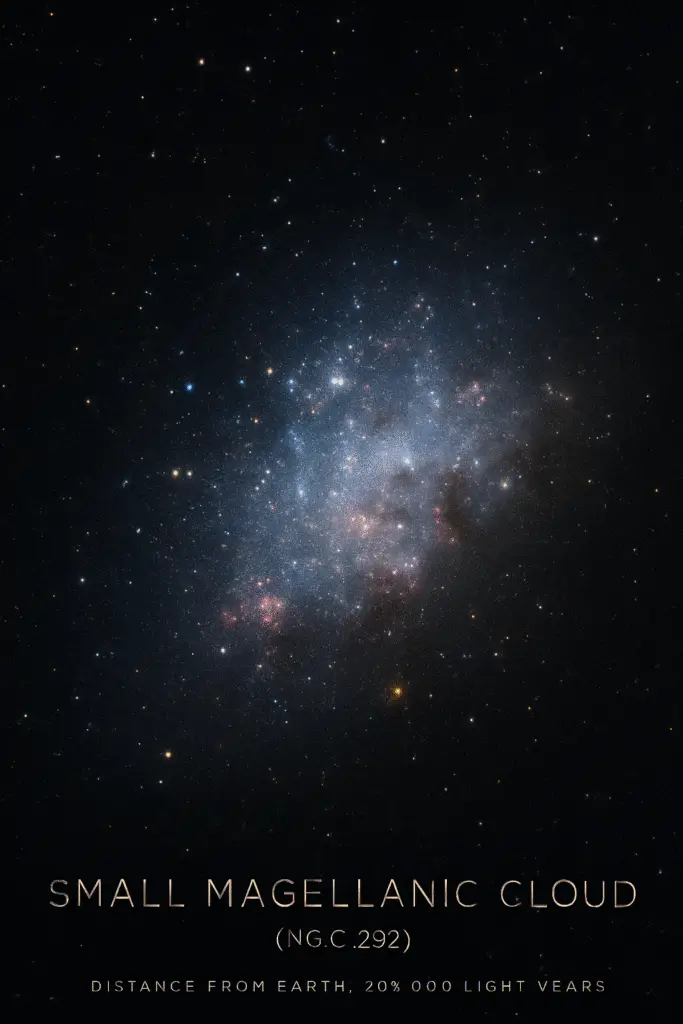
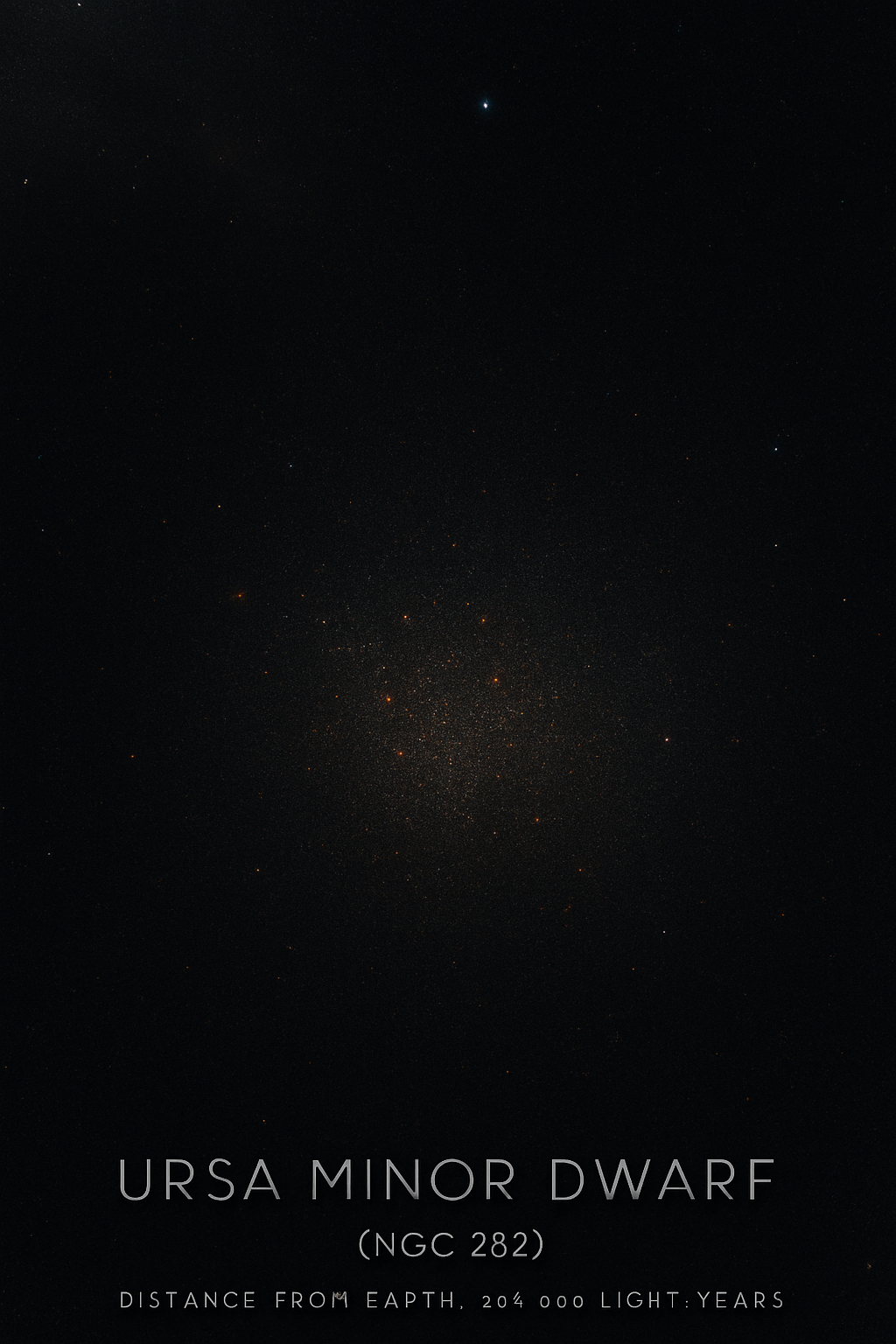
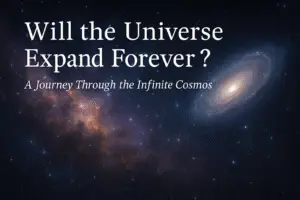
Will The Universe Expand Forever
Will The Universe Expand Forever Will The Universe Expand Forever, Or Eventually Collapse Back Into Itself? A Provocative New Study

At Just 14 Years of Age, Girl Builds a Flashlight That Works Using Only Body Heat and No Batteries
Girl Builds a Flashlight Girl Builds, In 2013, Ann Makosinski, A Canadian Student From British Columbia, Won The Google Science

Jupiter’s Moon Europa
New Research Suggests That Comets Slamming Into Jupiter’s Moon Europa Might Be Doing More Than Just Creating Craters—They Could Be
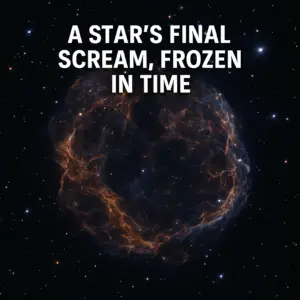
A Star’s Final Scream, Frozen In Time
A Star’s Final Scream, Frozen In Time Frozen In Time This Breathtaking High-Resolution Image Shows The Supernova Remnant Cassiopeia A

A Surprising New Source Of Earth’s Oxygen Discovered
A Surprising New Source Of Earth’s Oxygen Discovered “Earth’s Oxygen Discovered” A Groundbreaking Study Published In Nature Geoscience Reveals That
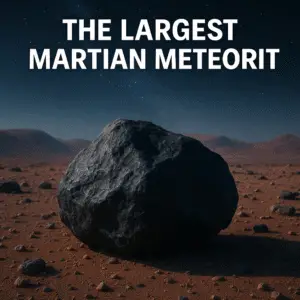
The Largest Martian Meteorite
The Largest Martian Meteorite The Largest Martian Meteorite Ever Discovered On Earth, Designated Northwest Africa 16788 (Nwa 16788), Recently Sold

